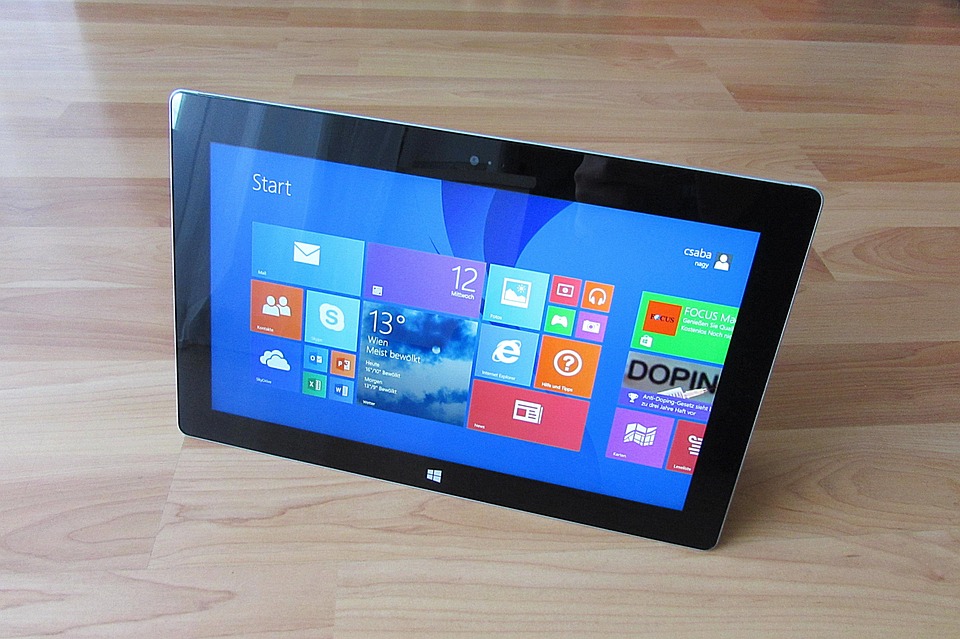In today’s digital age, technology plays an integral role in our daily lives, powering everything from communication to entertainment. However, for many individuals with disabilities, accessing this technology can be a challenge. Recognizing this critical need, Microsoft has taken bold steps to ensure that their software solutions are not just functional, but inclusive. This commitment to accessibility is deeply embedded in their philosophy and practices, showcasing how technology can bridge gaps rather than widen them.
A Pioneering Vision for Inclusion
Microsoft’s approach to accessibility was significantly shaped by the vision of its late co-founder, Bill Gates, who believed that software should empower everyone, regardless of their physical limitations. This philosophy has evolved into a comprehensive strategy that centers on creating technology that is universally accessible. With initiatives like the “#AXSChat” and the “Disability Inclusion Initiative,” Microsoft actively engages with individuals with disabilities, soliciting feedback to improve their products and services.
Product Innovations and Features
Microsoft has integrated a plethora of accessibility features into its core software offerings, demonstrating its commitment to inclusivity. Key products like Windows, Office, and Azure are equipped with tools designed to accommodate diverse needs.
Windows Accessibility Features
Windows operating systems come with built-in accessibility features such as:
-
Narrator: A screen reader that converts text to speech, allowing visually impaired users to navigate their computer systems.
-
Magnifier: A tool that allows users to zoom in on specific screen areas, making text and images easier to see.
- Speech Recognition: This feature enables users to control their PCs and dictate text using only their voice, providing an alternative for those with mobility impairments.
Office Suite Enhancements
Microsoft Office has also embraced accessible design:
-
Accessibility Checker: This tool scans documents for potential accessibility issues, providing recommendations for improvement.
-
Editor: In Microsoft Word, AI-driven features help improve text clarity and inclusivity, ensuring communication is effective for all readers.
- Real-time Collaboration: By facilitating seamless team interaction, Microsoft Office tools enable diverse groups to work together, ensuring inclusivity in professional settings.
Developing a Culture of Accessibility
Microsoft’s dedication to accessibility extends beyond product features. The company fosters a culture of inclusivity within its workforce, emphasizing the importance of diverse perspectives in innovation. By hiring people with disabilities and providing necessary accommodations, Microsoft ensures that their teams are equipped with the insights needed to create truly inclusive technology.
Through partnerships with organizations such as the American Association of People with Disabilities, Microsoft not only enhances its understanding of accessibility issues but also lends its voice to advocating for broader societal change.
Education and Resources
Microsoft has also established resources and training programs to help developers create more accessible applications. Their Microsoft Accessibility Insights tool assists developers in identifying and fixing accessibility issues during the design process. Moreover, the company hosts various online courses and webinars aimed at empowering developers to prioritize accessibility throughout their projects.
Conclusion
Microsoft’s commitment to accessibility in software is a testament to the belief that technology should be inclusive, empowering everyone to connect, collaborate, and communicate effectively. By prioritizing accessible design and fostering a culture of inclusion, Microsoft is not just meeting the needs of individuals with disabilities; they are setting a standard for the tech industry as a whole.
As technology continues to evolve, Microsoft serves as a guiding light, illustrating that inclusivity and innovation can go hand in hand. This commitment not only enriches the lives of millions but also paves the way for a more equitable digital future.


